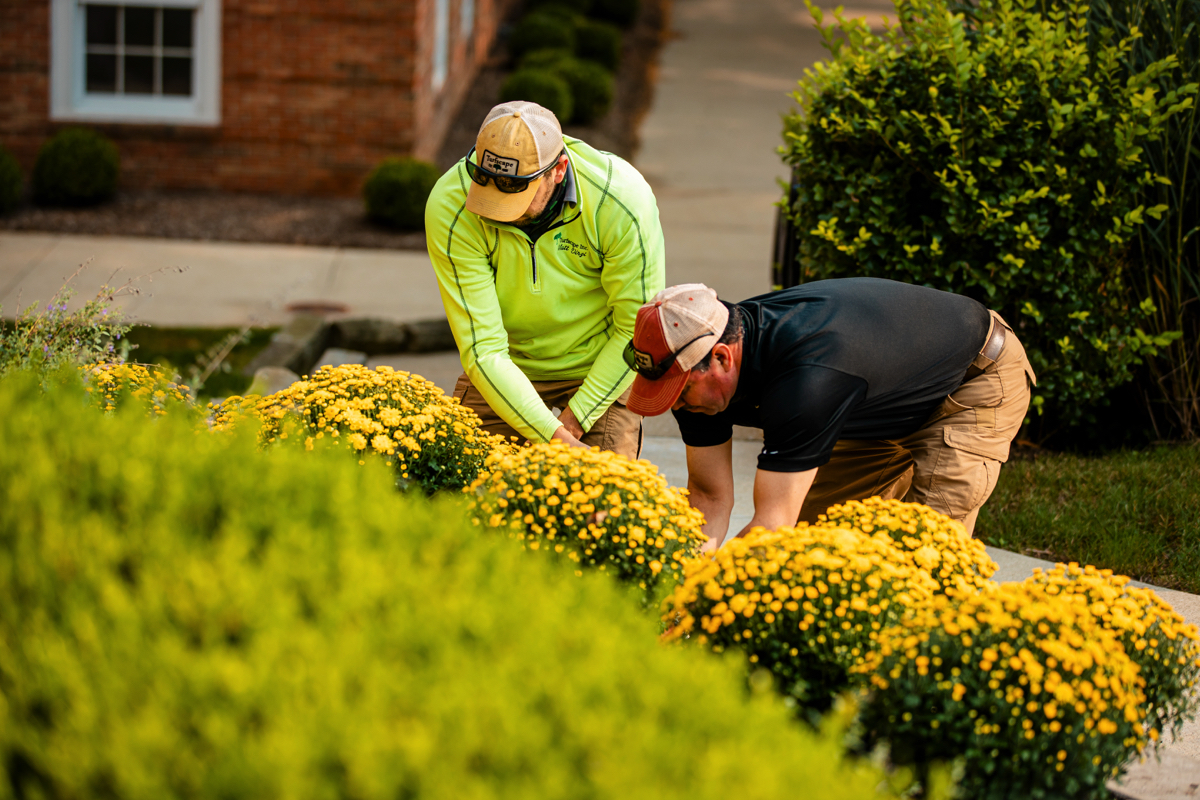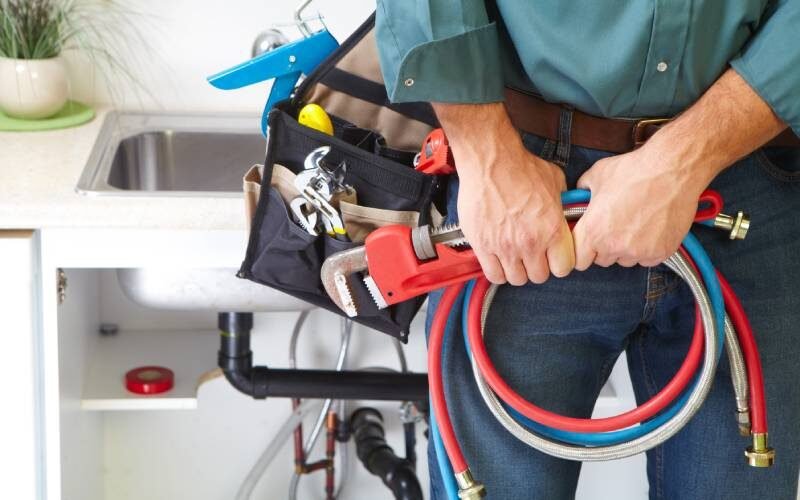The weather got warmer. It’s a great time to prepare your garden for planting. Spring landscape maintenance is very important. The right garden jobs revitalise your outdoor space and promote healthy growth. Your landscape will also look wonderful. Make use of our spring landscape maintenance tips. You will be well equipped to make your garden ready for the season ahead. The tips were provided by professional landscapers.
Spring Garden Maintenance Checklist
Spring’s arrival is the perfect opportunity to kick off your gardening tasks. Grab your favourite tools, and let’s get going!
Clean Up Debris
Spring cleaning isn’t just for indoors! Let’s clear your yard of winter’s debris. Collect those fallen branches, dead leaves, and any other clutter. Moving garden beds, and hardscape surfaces away is also a good idea. Cleaning and decluttering your yard allows sunlight to reach the soil. This way you will encourage new growth.
Rake and Aerate the Lawn
Remove thatch and debris by raking the lawn. Raking is also very helpful for loosening compacted soil. Aerating is very healthy for grass, too. It makes air, water and nutrients reach grass roots easily. It is done by poking small holes in the soil. Aeration ensures that your turf will remain fresh and beautiful at all times.
Have a look at our helpful summer garden care tips too!
Overseed Bare Patches
When you’re out in your garden, have a quick look at your lawn. Check for any bare patches or thin spots. If you spot any, pop down some extra grass seed. Doing so will give your lawn a boost and help it grow beautifully thick. Choose a high-quality grass seed blend. It should be well-suited to your climate and soil conditions. Spread the seed evenly over bare patches. After that lightly rake the area. This ensures good seed-to-soil contact. Keep the seeded areas consistently moist until the new grass establishes.
Prune Trees and Shrubs
:strip_icc()/pruning-lilac-100168077-3d3f59f15d674f8ab1a8c818f9bd8d1e.jpg)
Examine your trees and shrubs closely. Remove any branches that are dead, broken, or too long. This helps them grow healthier and look better. Cut branches that cross or rub against each other. Suckers and water sprouts should also be removed. Pruning is most effective in the spring. It lets the plants heal faster. Pruning also reduces disease and pest risk.
Divide Perennials
Divide your perennial plants when they get overcrowded. Separating will give them a fresh start and boost their flowering. Gently dig up the clumps and separate them into smaller sections. Ensure each division has healthy roots and foliage. Replant the divisions in well-amended soil. Water thoroughly to help them establish.
Wondering how to make the most of your garden in autumn? Have a quick read on our helpful post!
Fertilise and Mulch
Want healthier garden beds and greener grass? Use a slow-release fertiliser. It’s loaded with important nutrients. Those fertilisers help your plants grow all season long. Choose one that is designed specifically for springtime. Follow the package instructions for the best results. Adding organic mulch to your garden beds is also a smart idea. Using mulch is great for keeping the soil damp. It also helps control weeds and ensures the soil temperature stays consistent.
Inspect Irrigation Systems
Check for leaks, clogs, or damaged parts. Fix any problems you find out after the inspection. Make sure the sprinkler heads are positioned correctly. They should cover the areas where they need to. Change how often your plants are watered. Consider the weather and what each plant needs. Make sure that water is effectively reaching every part of your yard. This ensures healthy growth and conserves water.
Clean and Sharpen Tools
Ready your gardening tools for the season ahead! Give them a thorough scrub. Make sure to clear off any dirt, rust, or debris. Don’t forget about the moving parts! Lubricate them with some oil to keep them rust-free. Then, give your cutting tools a sharpening. Use a file or sharpening stone. Sharp cutters ensure precise cuts and efficient gardening.
Plan and Plant

Select new plants for your landscape. Consider factors such as sunlight exposure, soil conditions, and mature size. Create a planting strategy that works well with the existing elements of your garden. Wait until the risk of frost is gone. The soil should also become warmer. After that, start planting annuals, perennials, and vegetables.
Monitor for Pests and Diseases
Watch out for disease and pest symptoms in your garden. Preventing issues before they become serious is the best course of action. Regularly inspect your plants for signs such as wilting, unusual colours, or strange changes in how they’re growing. Treat affected plants promptly with appropriate organic or chemical controls.
Conclusion
Your garden will benefit greatly if you take good care of it this spring. As the seasons change, it will thrive and look its best. A well-kept garden means you will soon be able to enjoy your own beautiful flowers, fruits, and vegetables. Your garden will also be well prepared for outdoor activities with your friends and family. A well-kept and stunning outdoor area will be a complementing jewel to your home!




